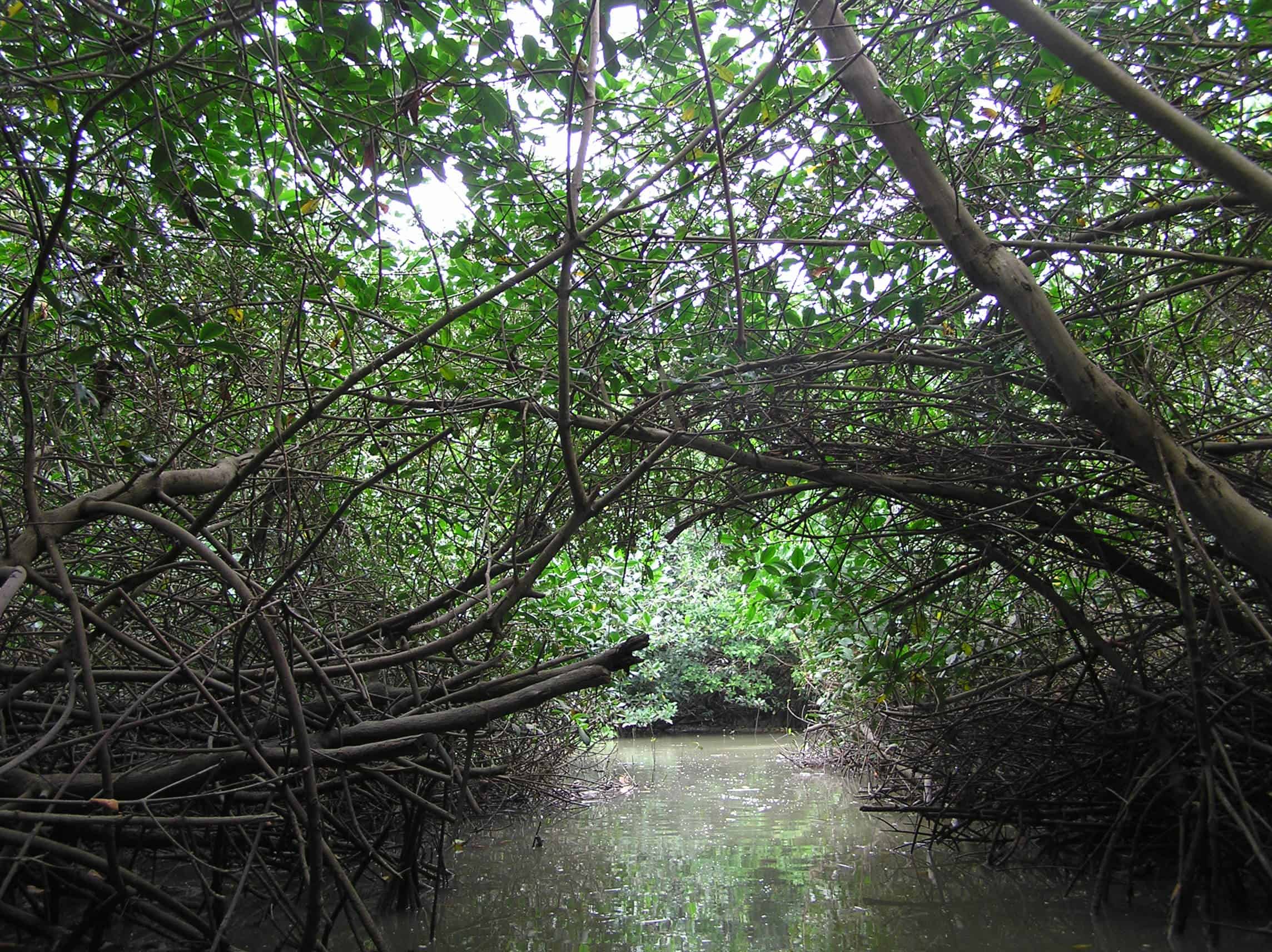By Steve Klein
Travelling along Ecuador’s coast offers ancient history and cultures and boundless water adventures. And, there are a number of travel options. Want to experience the local colour? Hop on the network of busses with scheduled service to local communities. They are inexpensive, stop frequently and take a while to get there, but they are a great way to interact with everyday Ecuadorians.
You can also rent a car. Major metropolitan areas have lots of traffic, especially during rush hour, but the drivers are courteous and much less prone to horn honking than in many other parts of the world. Once outside the city, traffic is light and moves along relatively well. Watch for large speed bumps designed to slow traffic where the highway passes through small towns, and potholes and road construction along the way.
Of course, there is always an organized tour with a local driver and a guide who ensures you don’t miss any of the high points.
Several hours drive to the west of Guayaquil at the tip of the Santa Elena Peninsula is the city of Salinas, a centre for water sports, deep-sea fishing, or just relaxing on the beach.
North of Salinas the route passes through a number of quaint fishing villages and beach towns, including Montanita, known for world-class surfing.
June through September is whale-watching season. Hundreds of humpback whales come north to give birth and give their calves a few months in the nutrient rich warmer waters off Ecuador’s coast before returning to the Antarctic. Whales are often visible from shore, one of the best options is a whale watching tour. Tours departing from the central coast towns of Puerto Lopez or Puerto Cayo, at either end of Machalilla National Park, often pass by Isla de La Plata, a bird watcher’s paradise.
 WJKLOS
WJKLOS
This part of the coast is also known for the Panama hat. Local artisans hand-make each hat, with the price determined by the quality and tightness of the weave. Each hat can take from one week to six months to make. The finest quality (Superfino) hats feel as soft as felt and can sell for thousands of dollars in North America, but a fraction of that in local shops in the village of Montecristi.
 Steve Klein
Steve Klein
Manta is the second largest port city in Ecuador and boasts a boardwalk that features food, shopping and entertainment; the beach is popular with locals and tourists alike.
North of Manta, Bahia de Caraquez is a small city with a rich cultural history. Legends passed down through the ages suggest that this region was first inhabited by a race known as “Caras” who arrived on rafts from a land to the west. Artifacts have been uncovered that indicate the area has been inhabited for more than 5,000 years. The Museum of Bahia de Caraquez contains a lifesize replica of the Caras raft, as well as an excellent collection of pieces found in the region.
Some of the best pieces have come from the archaeological site of Chirije, which has been studied by archaeologists from both the Smithsonian Institute and the Louvre Museum of Paris. Privately owned Chirije is accessed by a 15-kilometre drive on the beach at low tide. There is an on-site museum and a small eco-lodge. The area surrounding Chirije is dry tropical forest, dormant for much of the year. It is an ideal spot to see the magnificent Ceiba trees and an astounding number of bird and butterfly species. A walk on the Chirije beach is almost certain to yield some shards of ancient pottery that have been eroded from the site by the ocean waves.
 Steve Klein
Steve Klein
A second must-do side trip from Bahia de Caraquez is Isla Corazon (Heart Island). Much of the bay adjacent to the city had been stripped of mangrove forests for shrimp farming and for the water resistant mangrove wood. In a true model of eco-tourism the local natives have re-planted 100 hectares of mangroves along the shores. The recovery of this eco-system has brought back many marine and bird species, including a frigate bird colony larger than the renowned colony on Tower Island in the Galapagos. In total close to 100 bird species have been spotted on the island.
 Steve Klein
Steve Klein
The tour includes a video presentation at the native village, a canoe trip through the mangrove tunnels and a walk along a treetop boardwalk to an observation tower.
 Steve Klein
Steve Klein
The entire trip up the coast features a variety of micro-climates. Often, within an hour, you’ll pass through dry tropical forest, cloud forest, desert and beach. Local cuisine, primarily seafood based, is available at any of the many boutique hotels and eco-lodges and souvenir stands selling local handicrafts and shells dot the shoulder of the highway in nearly every village.


